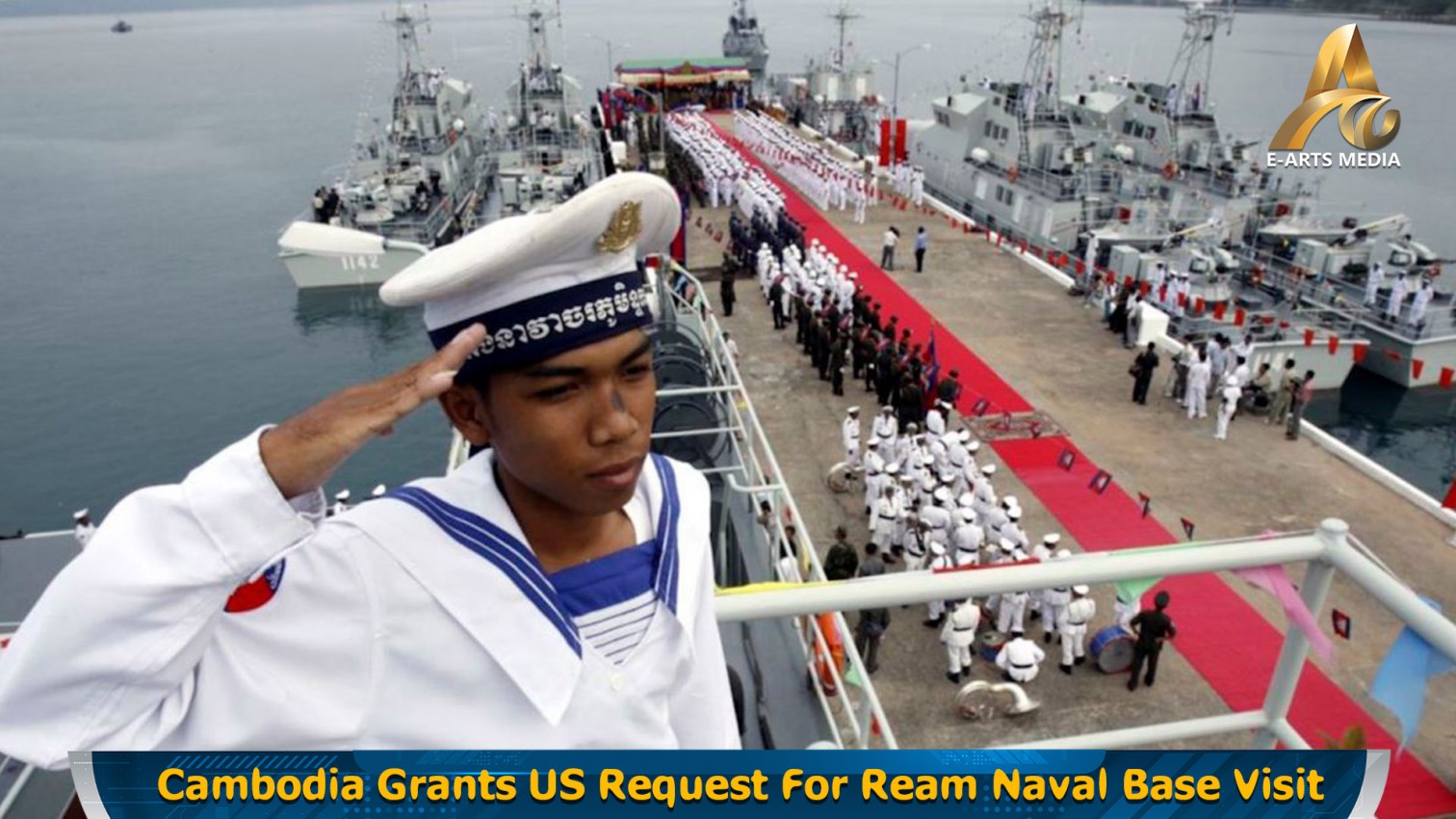Phnom Penh, April 1, 2024 – The World Bank's latest economic forecast positions Cambodia and the Philippines as the leading lights of Southeast Asia, both set to achieve a 5.8 percent GDP growth in 2024. This robust expansion earmarks them as the fastest-growing developing economies within the ASEAN bloc this year.
In a notable upward revision from its October predictions, the World Bank's economic update for East Asia and the Pacific now estimates Cambodia's and the Philippines' growth to surpass previous expectations of 5.5 and 5.6 percent, respectively. Vietnam follows closely behind, with its growth forecast adjusted from 4.7 percent to 5.5 percent, ranking it as the third fastest-growing economy among the eight developing ASEAN countries.
Conversely, the report adjusted China's growth forecast downwards from 5.1 percent to 4.5 percent and Indonesia's from 5.0 percent to 4.9 percent. Other developing ASEAN nations like Malaysia and Laos saw their growth predictions upgraded, while Thailand and Myanmar faced downward revisions.
The World Bank's report underscores the uneven recovery across the region post-COVID-19, with per-capita output rebounding to pre-pandemic levels in several countries, including Cambodia, by the end of 2022. However, the Philippines and Thailand only reached this milestone towards the end of 2023.
Inflation dynamics within the region reveal a mixed picture, with countries like Laos and Myanmar grappling with high inflation rates. In contrast, Thailand, China, and Cambodia are experiencing negative inflation, reflecting a complex economic landscape influenced by global commodity prices, domestic demand, and supply chain dynamics.
China's role as a crucial export destination has grown significantly, particularly for ASEAN countries like Laos, Malaysia, Thailand, and Vietnam. However, the World Bank cautions against potential impacts of economic downturns in major markets such as the US and EU on regional demand.
Tourism, a vital sector for many economies in the region, is recovering slower than expected, especially from China and Japan. Despite a gradual increase in arrivals from other countries, elevated travel costs and currency depreciation pose challenges to the sector's full rebound.
Labor shortages in the tourism industry, particularly in Cambodia, Malaysia, and Thailand, are highlighted as a significant concern, affecting the availability of skilled professionals and impacting service quality in high-end establishments.
This comprehensive analysis by the World Bank sheds light on the intricate economic interdependencies within the ASEAN region and the varying pace of recovery among its members, with Cambodia and the Philippines leading the way in growth prospects for 2024.























